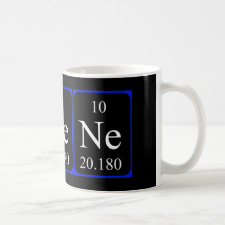
Authors: Hu LQ, Zhou TT, Luo D, Feng JW, Tao Y, Zhou YS, Mei SR
Article Title: Bioaccumulation of tetrabromobisphenol A in a laboratory-based fish-water system based on selective magnetic molecularly imprinted solid-phase extraction.
Publication date: 2019
Journal: Science of The Total Environment
Volume: 650
Page numbers: 1356-1362.
DOI: 10.1016/j.scitotenv.2018.09.002
Alternative URL: http://www.sciencedirect.com/science/article/pii/S004896971833420X
Abstract: Recently, magnetic solid-phase extraction (MSPE) using magnetic molecularly imprinted polymers (MMIPs), which is a simple process with excellent selectivity, has attracted much attention for the determination of environmental pollutants. In this study, MMIPs were used as an adsorbent to establish a selective MSPE method coupled with high-performance liquid chromatography using ultraviolet detection (HPLC-UV) for the determination of tetrabromobisphenol A (TBBPA) levels in water and fish samples. The samples were collected from a laboratory-based fish-water system after 0, 2, 5, 8, 11, 20, 30, and 50 days. We found that the concentrations of TBBPA in the sample group spiked with TBBPA decreased in the water samples over time and increased in the fish samples from 2 to 30 days, then finally decreased. The calculated bioconcentration factor (BCF) increased over time, reaching 33.98 L/kg after 50 days exposure to TBBPA. Linear and exponential kinetic models were applied to fit the correlation between BCF and exposure time, and the constant of the time-dependent BCF (Ku) ranged from 0.0364 to 1.5250 L/kg per day with a corresponding R2 of 0.6786 to 0.9985. Simplified mathematical models to evaluate the transfer characteristics of TBBPA in a laboratory-based fish-water system have been developed
Template and target information: tetrabromobisphenol A, TBBPA
Author keywords: Tetrabromobisphenol A, Bioconcentration factor, Magnetic solid-phase extraction, Fish-water system



Join the Society for Molecular Imprinting

New items RSS feed
Sign-up for e-mail updates:
Choose between receiving an occasional newsletter or more frequent e-mail alerts.
Click here to go to the sign-up page.
Is your name elemental or peptidic? Enter your name and find out by clicking either of the buttons below!
Other products you may like:
 MIPdatabase
MIPdatabase









